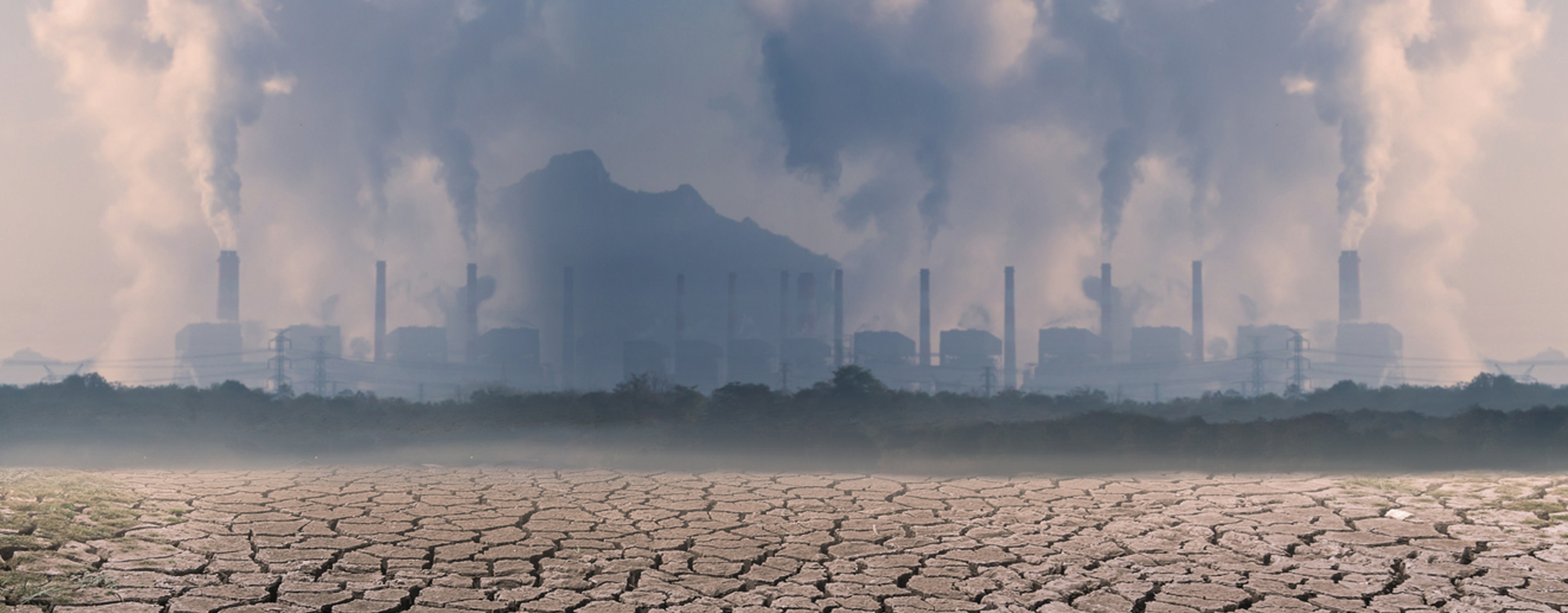Global carbon markets are fast becoming one of the most effective instruments in the journey to net zero. ESG-centric investors are rapidly buying into the narrative of just how critical they are – trading on these markets has meteorically risen by nearly 400% since 2018 hovering close to USD1 trillion.
Yet, many countries are reluctant to use this policy lever as introducing or scaling up carbon pricing faces multiple decisions when selecting among, and within, policy tools. The ease of implementation, price levels, competitiveness concerns, alignment with other mitigation mechanisms and coordination across countries are all considerations that ultimately will be based on idiosyncratic country circumstances and objectives.
Despite carbon markets' increased attention, the energy trilemma – affordability, security and sustainability – will remain the defining theme for the rest of this year and into 2024 as governments recalibrate their carbon markets against the backdrop of the war in Ukraine, elevated energy prices, rampant inflation and higher-for-longer interest rates.
Looking ahead, global carbon markets are proliferating. The urgency of balancing the energy trilemma underscores the imperative for an accelerated net zero transition, and carbon pricing is widely accepted as a critical incentive for decarbonisation. Yet, carbon markets are too cheap to make a significant difference today.
Not only are swathes of the economy excluded with existing compliance markets covering less than 20% of global emissions, but consumers are often shielded from high carbon prices. Yes, mass adoption for carbon markets are still a long way off, but the fastest and most practical way to keep alive the goal of restricting global warming to below 2oC is scaling up global carbon markets.
Click here to read the report.


